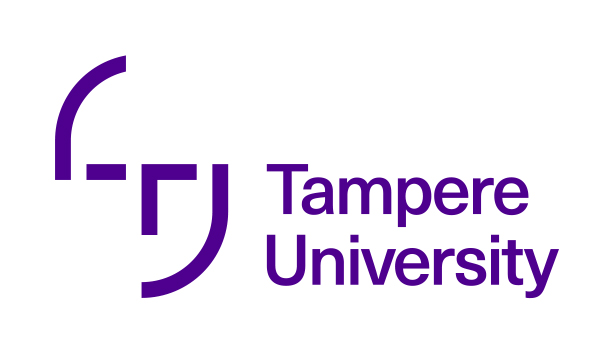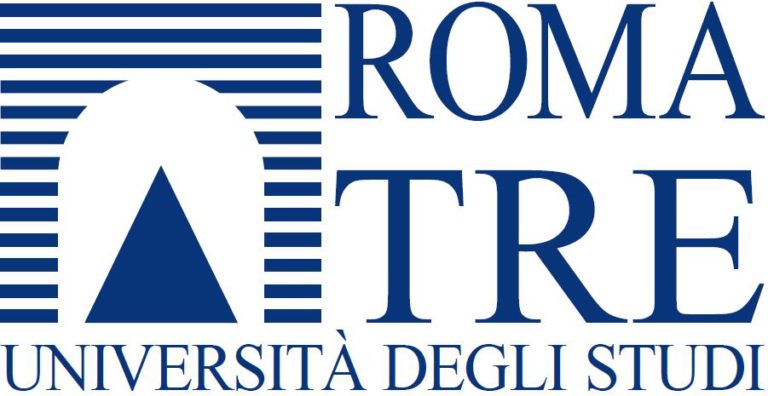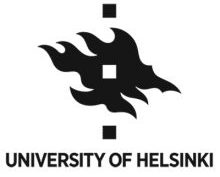Tampere University
Participant role: Academic Beneficiary
Country: Finland
Project contact: Prof. Atanas Gotchev
The Department of Signal Processing (DSP) is one of the world’s prominent research organizations in the field, unifying signal processing algorithms with bioinformatics, telecommunications, and networked multimedia. The heart of DSP’s expertise is a thorough knowledge of signal processing algorithms including transform-based and compression, audio, image and video analysis, computational imaging, and biomedical signal processing. More than 180 people work there. The faculty consists of about 25 people from which 10 are professors and four hold tenure track positions. The department is highly recognized internationally by its participation in numerous international projects and research actions.
University of Zagreb
Participant role: Academic Beneficiary
Country: Croatia
Project contact: Prof. Sven Lončarić
The Image Processing Group (IPG) was founded by Prof. Sven Lončarić. The group conducts research in theory and applications of image processing, pattern recognition and computer vision in various areas including biomedical imaging and image analysis, visual inspection, and automotive applications. The main research problems include image feature extraction, image segmentation, image registration, and motion analysis.
Università degli Studi Roma Tre
Participant role: Academic Beneficiary
Country: Italy
Project contact: Dr. Marco Carli
Norwegian University of Science and Technology
Participant role: Academic Beneficiary
Country: Norway
Project contact: Assoc. Prof. Karin Laumann
The Center for Safety and Human Factors is a center within the Department of Psychology. Human factors use psychology to design products and create work environment that improves productivity and safety.
MÄLARDALEN UNIVERSITY
Participant role: Academic Beneficiary
Country: Sweden
Project contact: Assoc. Prof. Elisabeth Uhlemann
In ImmerSAFE mainly the following three research groups are involved: Data Communication (Uhlemann), Safety-critical Engineering (Gallina), Ubiquitous Computing (Lindell).
Leonardo S.P.A.
Participant role: Non-Academic Beneficiary
Country: Italy
Project contact: Dr. Francesco Vinelli
The Security & Information Systems Division (2800 employees) is a world leader in safety-through-technology, providing tailored solutions for customers in public administration, public safety and security, critical infrastructure, services, transport, large companies, post and logistics. With experience in information technology, communications, automation and physical and digital security, the Division generates synergies by joining its expertise, processes and technology across these areas. Competitive solutions and services, including integrated systems, are available to support territory security and control, for public and private critical infrastructure protection and for the security of major events. The offer also includes integrated networks and secure communications that enable reliable and efficient information management. These are ideally suited for public safety and security organizations, emergency services, civil protection agencies and transport infrastructures. Finally, with a significant track-record in providing advanced systems and control centers for the management and control of air and maritime traffic, the Division is a leader in the field.
CrossControl AB
Participant role: Academic Beneficiary
Country: Sweden
Project contact: Mr. Markus Wallmyr
Xylon d.o.o.
Participant role: Academic Beneficiary
Country: Croatia
Project contact: Mr. Davor Kovačec
Beneq Oy
Participant role: Academic Beneficiary
Country: Finland
Project contact: Mr. Jani Holopainen
- Thin film deposition equipment
- Coating services
- Electroluminescent displays.
Beneq has staff of more than 120 persons and a global sales network with permanent presence in China, Finland, Germany and the U.S. as majority of products are exported. Beneq Group turnover was 20.5 MEUR in 2015. 8.9 MEUR came from ALD equipment and services and 11.6 MEUR from electroluminescent display.
VTT Research Centre of Finland Ltd.
Participant role: Partner Organisation
Country: Finland
Project contact: Dr. Nadezhda Gotcheva
Academy of the National Fire Corps (Istituto Superiore Antincendi)
Participant role: Partner Organisation
Country: Italy
Project contact: Cmd. Stefano Marsella
The Institute is also home to technical and scientific events and dissemination on topics related to rescue in emergency scenarios, fire prevention and all other areas under the competence of the National Fire Corps and of the Department of firefighters, public rescue and civil defence of the Ministry of Interiors.
Forum for Intelligent Machines ry
Participant role: Partner Organisation
Country: Finland
Project contact: Mr. Antti Siren
Accelopment AG
Participant role: Partner Organisation
Country: Switzerland
Project contact: Dr. Jeanette Müller
University of Helsinki
Participant role: Partner Organisation
Country: Finland
Project contact: Prof. Mikko Ritala
Trøndelag Police District
Participant role: Partner Organisation
Country: Norway
Project contact: Deputy Police Chief Gunn Berit Haugan Melvold
Norwegian police are unarmed, which means that police officers under normal service do not carry firearms but can be armed when deemed necessary. The crime scene and terrorist threat in Norway is changing. This implies, among other things, that the police must be armed more often than before. This leads to an increased need for training with small arms. The training will ensure that police officers have adequate level training with the weapon in different situations and under different circumstances.
In the context of ImmerSAFE we want to explore the usage of virtual reality for training purposes. The police shall use a current handgun in a virtual reality based on current and real situations (different scenarios). VR training ensures a high learning outcome in a safe enviroment. Exercises are performed at any time and anywhere. There are no real shots. However, the participant's experience actually includes the use of a real handgun, with recoil, sound, smoke and effect on the target - as in reality.
Newcastle University
Participant role: Partner Organisation
Country: United Kingdom
Project contact: Prof. Jenny Read

















 This project has received funding from the European Union’s Horizon 2020 research and innovation programme under the Marie Sklodowska-Curie grant agreement No 764951.
This project has received funding from the European Union’s Horizon 2020 research and innovation programme under the Marie Sklodowska-Curie grant agreement No 764951.